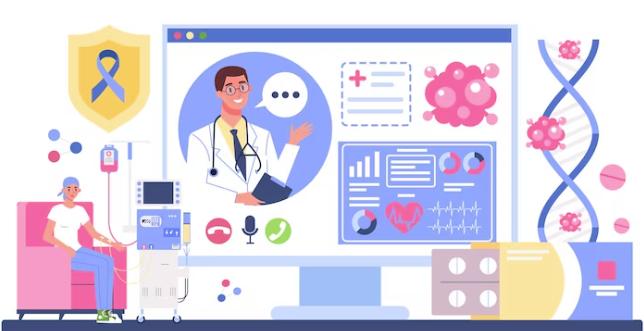How Chatbots Are Reducing Administrative Burdens in Healthcare Settings
In the fast-paced world of healthcare, administrative tasks often take up a significant portion of time and resources, detracting from patient care and contributing to staff burnout. From scheduling appointments to managing patient inquiries, administrative duties can be overwhelming. However, the advent of artificial intelligence (AI) and chatbots is beginning to transform the way these tasks are handled, significantly reducing the administrative burden on healthcare providers. This blog explores how chatbots are revolutionizing administrative functions in healthcare settings, ultimately improving efficiency, patient satisfaction, and staff well-being.
The Rising Role of Chatbots in Healthcare
Chatbots, AI-powered virtual assistants, are designed to simulate human conversation and perform various tasks autonomously. In healthcare, chatbots have gained traction due to their ability to handle routine administrative duties, allowing healthcare professionals to focus more on patient care. These chatbots can be integrated into various communication platforms, including websites, mobile apps, and messaging services, making them easily accessible to both patients and healthcare staff.
Streamlining Appointment Scheduling
One of the most significant administrative challenges in healthcare is appointment scheduling. Traditional methods often involve long phone calls, back-and-forth communication, and the risk of human error. Chatbots can streamline this process by automating appointment scheduling and management. Patients can interact with a chatbot via a healthcare provider’s website or app to book, reschedule, or cancel appointments in real time.
These chatbots can access the provider’s calendar, suggest available slots, and confirm appointments without any human intervention. This not only saves time for administrative staff but also reduces the likelihood of scheduling errors. Additionally, chatbots can send automated reminders to patients, reducing no-show rates and improving clinic efficiency.
Enhancing Patient Registration and Data Collection
Patient registration is another time-consuming task that can be efficiently managed by chatbots. Traditionally, this process involves filling out lengthy forms, which can be prone to errors and omissions. Chatbots can guide patients through the registration process, asking relevant questions and collecting necessary information in a conversational manner.
By automating data collection, chatbots ensure that the information is accurate and complete. They can also integrate with electronic health records (EHR) systems, automatically updating patient records and reducing the need for manual data entry. This not only speeds up the registration process but also minimizes the risk of data entry errors, ensuring that healthcare providers have access to accurate and up-to-date patient information.
Managing Patient Inquiries
Healthcare providers often receive a high volume of patient inquiries, ranging from general questions about services to specific concerns about treatment plans. Responding to these inquiries can be time-consuming and may require dedicated staff to manage. Chatbots can handle a significant portion of these inquiries by providing instant, automated responses.
By programming chatbots with a comprehensive knowledge base, healthcare providers can ensure that patients receive accurate information on common topics such as office hours, insurance coverage, and treatment options.
Explore more details on A Guide for Developing Chatbots in Healthcare


Comments